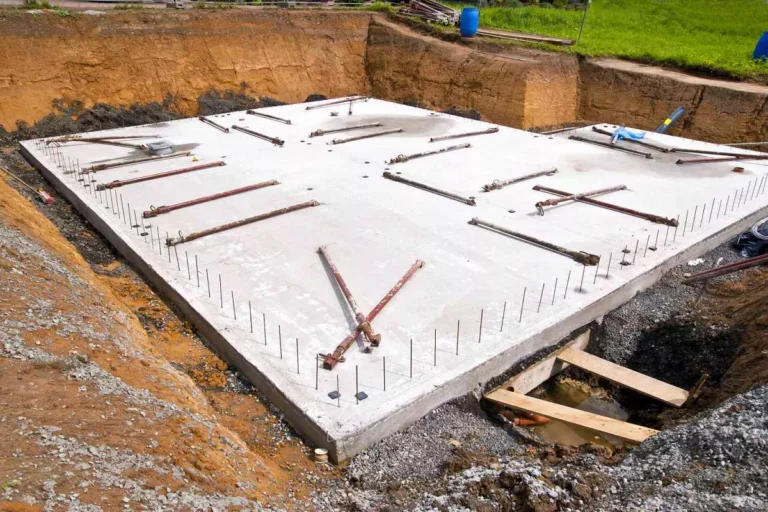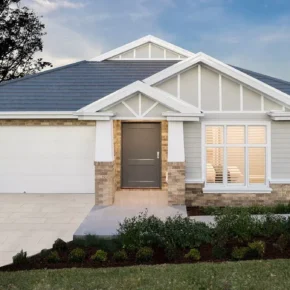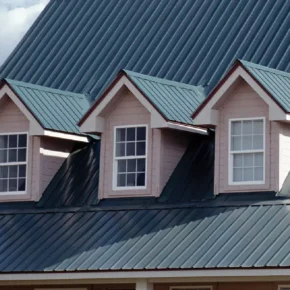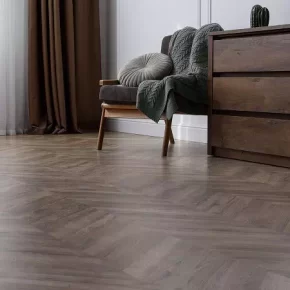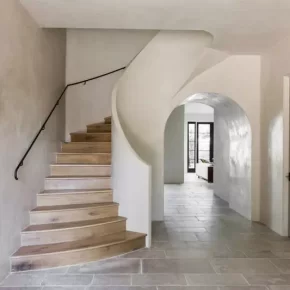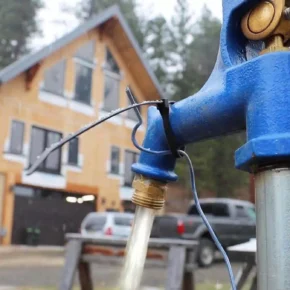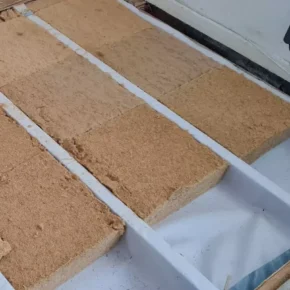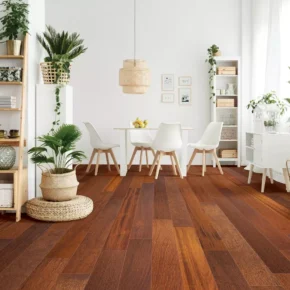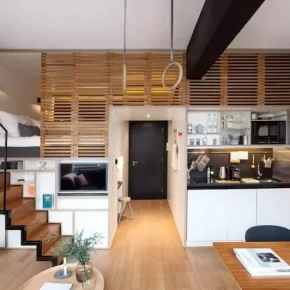Choosing a foundation is one of the most important stages of building a house. The stability and durability of the entire building, as well as the costs of further repair work, depend on it. You can determine which foundation is the best, based on the type of soil, climatic conditions, features of the house project, and your budget.
Let’s consider the main types of foundations and their characteristics.
1. Tape foundation
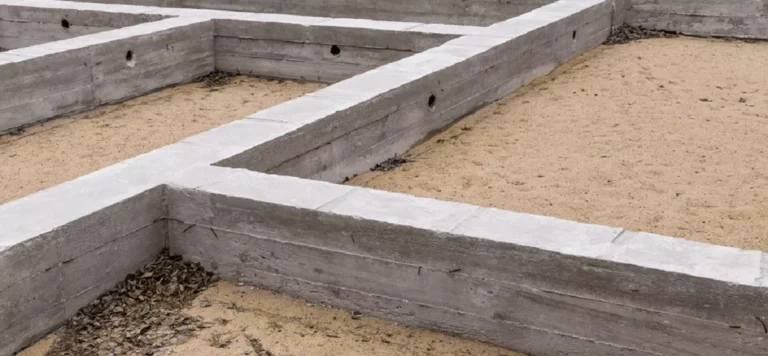
Features: The most common type, suitable for houses with basements and for structures with heavy walls.
Advantages:
- Relatively simple laying technology.
- Possibility to build a basement.
- High strength and stability.
Disadvantages:
- Not suitable for difficult soils such as sand or loam.
- Requires significant material costs.
Technology: The strip foundation is poured around the perimeter of the house and under all load-bearing walls. Its depth depends on the level of soil freezing and the type of soil on the construction site.
2. Columnar foundation

Features: It consists of separate pillars placed at the corners and at the intersection points of the walls.
Advantages:
- Economic option.
- Ideal for light buildings such as summer houses or garages.
Disadvantages:
- Not suitable for heavy structures.
- It is not possible to equip a basement.
Technology: The pillars are installed with a certain step and are connected by beams that support the structure. This type of foundation is suitable for flat soils with a small depth of freezing.
3. Slab foundation (monolithic slab)
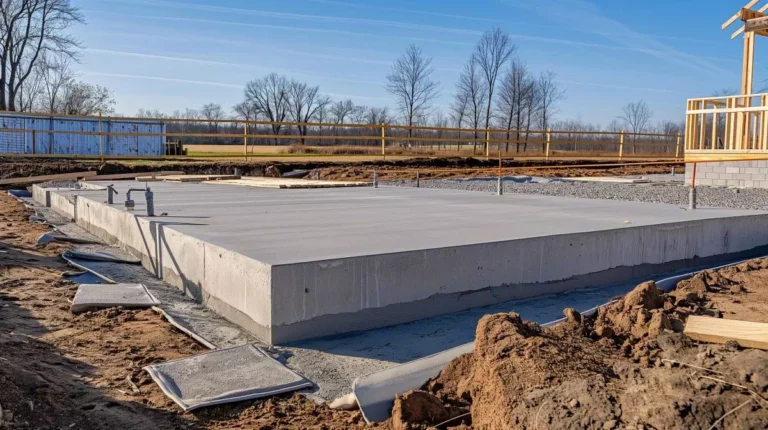
Features: It is a solid concrete slab that lies under the entire area of the house.
Advantages:
- Suitable for soils with a high level of mobility.
- Distributes the load evenly, which is suitable for heavy buildings.
- Effective on uneven and bumpy soils.
Disadvantages:
- High cost.
- Impossibility of building a basement.
Technology: The monolithic slab is poured over the entire area of the building. The slab foundation provides stability even with changes in soil moisture and temperature.
4. Pile foundation

Features: It is used on weak and water-saturated soils, where it is important to transfer the load to deep layers.
Advantages:
- Suitable for construction on difficult and weak soils.
- High reliability even at high altitudes.
Disadvantages:
- The cost and complexity of installation.
- Not always suitable for heavy buildings.
Technology: Piles are driven into the soil to the level of stable layers using vibrating equipment or hydraulic hammers. Then the piles are connected with a grid that distributes the load.
5. Screw foundation

Features: This is a type of pile foundation, but instead of ordinary piles, screw piles are used, which are screwed into the soil.
Advantages:
- Can be used on slopes and unstable soils.
- The speed of installation, which allows you to finish the work in a matter of days.
Disadvantages:
- Only suitable for light buildings.
- Relatively short service life (up to 50 years).
Technology: Screw piles are screwed to the required depth, after which their upper parts are connected to create a base.
What to pay attention to when choosing a foundation
- Soil Type : Loose and mobile soils require stronger foundations such as slab or pile foundations.
- Depth of freezing : In cold regions, the foundation should be placed below the level of freezing to avoid deformations.
- Groundwater level : In areas with a high groundwater level, it is better to choose a foundation on piles or a monolithic slab.
- Budget : Some types of foundations, such as monolithic slab or pile foundations, require higher costs, but can guarantee high stability of the building.
- Type of building : columnar and screw foundations are suitable for light structures, and slab or strip foundations for heavy and multi-story buildings.
Choosing a foundation is an important step that requires a professional approach. Taking into account the characteristics of the soil, climatic conditions and budget, you can find the optimal solution that will ensure the durability and reliability of your house. Regardless of the chosen type of foundation, it is better to entrust its design and construction to experienced specialists in order to avoid possible mistakes and save time and resources in the future.

